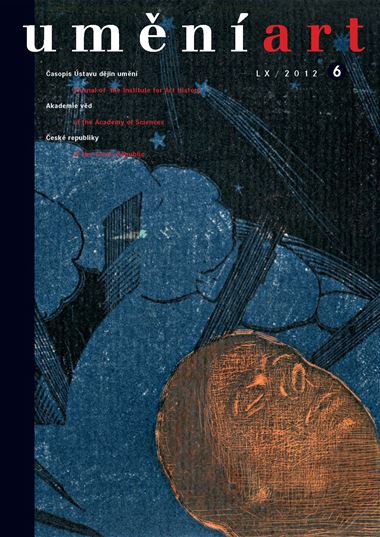Friedrich Fuchs – Petr Chotěbor
Zu den Steinmetzzeichen an den Domen in Prag und Regensburg
Some stages in the construction of St Vitus Cathedral at Prague Castle and St Peter’s Cathedral in Regensburg occurred simultaneously. While there are no reports that stonemasons moved between the two building sites, a demonstrable link between the two structures is the visible influence of the Prague structure on sculptural decorations on the Regensburg cathedral that originated in 1370–1410/15. The main and north portal of the Regensburg cathedral dates from this period and is where most of the stonemason marks comparable to those in Prague are found. The western façade contains a Sammelstein (the stone signed by all the stonemasons working on a building), which is strongly inscribed with the master mark of the Parler family. The authors of this attempt here to make a comparative study based on their own documentation. The conditions in each of these two cases studied were not however the same. The collection of marks from the Regensburg cathedral is almost complete. By contrast, the collection of stonemason marks from the Prague cathedral is still incomplete, having so far been drawn from those parts of the building that in recent years have undergone conservation work and were accessible from the scaffolding. Friedrich Fuchs selected marks of comparable form and arranged them into a table with notes on where they were found and their date of origin. Out of 25 marks, 10 from both building sites are similar enough in form and date that they could, with requisite caution, be considered to be signs of the same stonemason working on both sites. A special place in the collection is occupied by the ‘Parler-esque’ marks, which are linear variations on the master’s mark. They are found on both structures, and in Prague, besides the simple marks on parts of the structure dating from different periods, there are two additional marks accompanied by one and two dots. There is no doubt that these marks were made by stonemasons from the Parler family. It will probably take several years yet before all the stonemason marks on St Vitus Cathedral have been documented. It can be assumed that once the restoration work on the support pillars and the outer walls of the choir is finished the collection will be complete enough for it to be worthwhile comparing the two sites again. The results may then reveal more similar marks, which would lend further support to the proposition that the two cathedrals were strongly linked during the Parler era.
Full-text in the Digital Library of the Czech Academy of Sciences:
https://kramerius.lib.cas.cz/uuid/uuid:eb9a788e-fe10-d4d1-206d-4d85a359fb2a
< back

